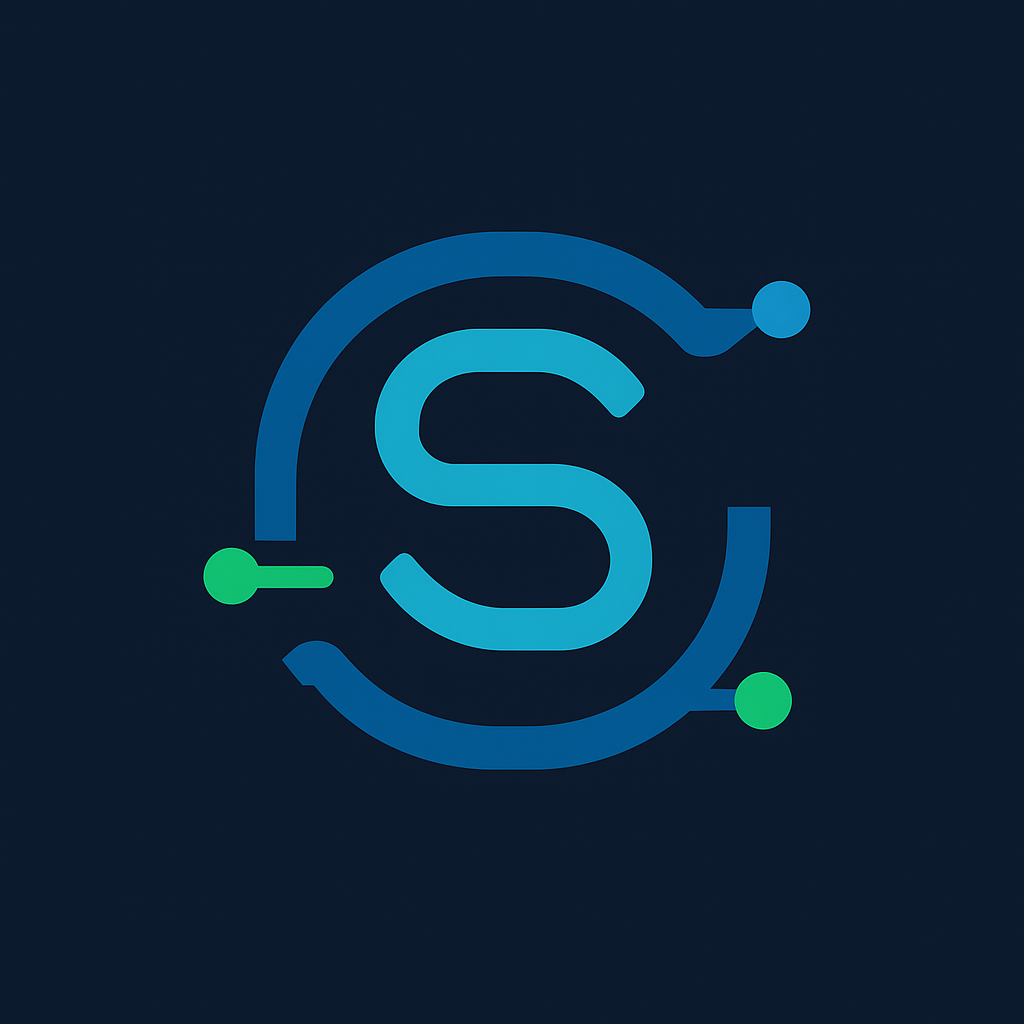AI-Assisted Software Development: What Really Changes in the Work of Developers

In questo articolo
In recent years, the term AI has become ubiquitous in software development. It’s no longer just a research topic or experimental prototypes: the AI coding assistant is now a daily reality for thousands of developers around the world. Tools like GitHub Copilot, Cursor, Codeium, Tabnine, or state-of-the-art language models have changed the workflow and the relationship between developer and code.
But what really changes? Is it just a shortcut to write faster, or a revolution comparable to the arrival of web frameworks or distributed versioning systems? In this article, we analyze the benefits, limitations, best practices, and concrete impacts of AI-assisted software development.
From Smart IDEs to AI Assistants
Developers have always sought tools that speed up code writing. As early as the 2000s, IDEs (Visual Studio, Eclipse, IntelliJ) offered features like code completion, automatic refactoring, and static analysis.
The arrival of large language models has made a qualitative leap: we no longer just complete functions that have already been started, but we can describe in natural language what we want to achieve and obtain entire blocks of code, unit tests, or even configuration files. This is a paradigm shift that has paved the way for conversational development.
Concrete Benefits of AI in Development
The use of AI in the software development cycle is not just a matter of speed. The most tangible benefits are:
1. Increased Productivity
- Automatic generation of boilerplate functions (e.g. validations, CRUD, API client).
- Rapid creation of unit tests consistent with the code.
- Refactoring suggestions to reduce complexity.
According to various internal studies by GitHub and Microsoft, using Copilot results in an average time saving of 20–40% on repetitive tasks.
2. Error Reduction
AI models, if well-trained, can avoid syntactic errors or flag common vulnerabilities (SQL injection, XSS). This does not replace a code review, but reduces first-level bugs.
3. Learning Support
For junior developers, having a “virtual tutor” alongside means being able to understand patterns and conventions without searching through dozens of tutorials. AI explains in natural language what a piece of code does.
4. Automatically Generated Documentation
AI assistants can write comments, README files, changelogs, and even API documentation snippets, keeping an updated informational base.
Limitations and Risks of AI in Development
Despite the benefits, there are significant limitations that every team must consider.
1. Hallucinations and Erroneous Code
LLMs do not have a “real” understanding of code: they generate plausible patterns. This can lead to suggestions that are syntactically correct but semantically wrong.
2. Licensing and Copyright Issues
Some models may suggest code derived from open-source repositories with restrictive licenses. It’s necessary to adopt tools that ensure traceability and compliance with licenses.
3. Technological Lock-in
Relying on a single AI vendor poses risks of lock-in. If the model becomes paid or changes policy, the company finds itself bound.
4. Governance and Security
An AI assistant may suggest unsafe practices. Therefore, a constant review and audit system is needed, especially in regulated sectors (finance, healthcare, public administration).
Best Practices for Integrating AI into the Workflow
AI should be used as an accelerator, not as a replacement. Here are some useful guidelines:
- AI + Human Pair Programming: The programmer remains responsible, and AI provides suggestions.
- Continuous Testing: Every generated code must be verified with unit and integration tests.
- Governance: Define internal policies on where and how to use AI (e.g. prohibiting the input of sensitive data in prompts).
- Feedback Loop: Encourage teams to assess the quality and usefulness of suggestions.
- Training: Teach developers to write effective prompts and recognize when AI makes mistakes.
Impacts on Professional Roles
Junior Developer
AI lowers the entry barrier but risks limiting the ability to learn “from the ground up.” It’s important to balance the use of AI with learning the fundamentals.
Senior Developer
They become curators and validators rather than just coders. Their role shifts to architecture, security, optimization, and mentoring.
CTO and Managers
They must introduce AI tools without creating excessive dependencies, establishing clear metrics (KPIs) to measure the impact on productivity and quality.
A Look to the Future
The next step is agentic AI, where assistants not only write code but can execute end-to-end tasks: cloning a repository, running tests, creating issues on GitHub, opening pull requests. This evolution will require greater control and auditing but promises to radically transform the DevOps cycle.
At the same time, there will be increased attention to accessibility, security, and regulatory compliance: no company can afford to integrate AI without ensuring transparency and accountability.
Conclusion
AI-assisted software development is not a passing trend. It’s a structural change that is redefining timelines, roles, and skill sets in the industry. Developers should not fear replacement but seize the opportunity to work faster, with fewer errors, and with greater focus on design and strategy.
The key is to find a balance between AI power and human responsibility: only then can innovation become sustainable and deliver real value.
➡️ Want to discover how to introduce AI into your company’s development processes? Contact me for targeted consulting.
